What is Bagasse?
 Bagasse is a packaging product that holds great promise for sustainable packaging solutions in the future. It is a by-product of the sugar industry, and until recently was discarded in industrial landfills or burnt. Sugar is extracted from a bamboo-like plant called sugar-cane, and Bagasse is the pulp that is left over after the sucrose has been extracted. It is thick, pulpy and fibrous, and can be easily broken down and foamed into any container shape or size.
Bagasse is a packaging product that holds great promise for sustainable packaging solutions in the future. It is a by-product of the sugar industry, and until recently was discarded in industrial landfills or burnt. Sugar is extracted from a bamboo-like plant called sugar-cane, and Bagasse is the pulp that is left over after the sucrose has been extracted. It is thick, pulpy and fibrous, and can be easily broken down and foamed into any container shape or size.
What is Bagasse Used For?
Bagasse has an obvious use in making biodegradable packaging, especially for the food industry where cheap, lightweight packaging is essential. Aside from being fully bio-degradable, it has a number of advantages over conventional polystyrene or ethanol-based packaging materials:
- Bagasse is cost-comparable to non-biodegradable products, making it easily as affordable, and providing you with an inexpensive way to improve your company’s carbon footprint and green profile
- It can withstand both freezer and oven temperatures (up to 220 degrees Celsius), as well as microwave cooking, which causes polystyrene to melt and release harmful gasses
- Bagasse packaging and disposable crockery and cutlery are stronger, sturdier and better quality than most conventional alternatives, lending less of a “fast-food” feel to food products
- It has no impact on the taste or aroma of food, unlike traditional packaging materials which have a smell of their own and so can affect how food tastes when eaten out of these containers
- It will not absorb oil or leak, even after a long time holding liquids
- Bagasse production promotes jobs and economic growth in developing countries
- It requires very little energy and fuel to produce, meaning that it is low impact and will continue to decrease in price as adoption becomes more widespread
100% Biodegradable Food Packaging
Bagasse’s obvious benefit is that it can completely biodegrade in under 90 days, starting from the time it is exposed to good composting conditions (it won’t begin biodegrading in storage), and can be disposed of in regular garbage bins. Bagasse requires no special processes to recycle or dispose of, and will biodegrade readily in landfills or compost heaps.
In addition, EnviroMall’s Bagasse food packaging is 100% food safe, having being sterilised at both pulp and solid stages before being packed and shipped in sterile environments.
What Can’t You Do With Bagasse?
Bagasse has been used for everything from biofuels to paper and animal feed, but the one thing you can’t do to Bagasse is to make it transparent. This makes it unsuitable as a container for frosted drinks, or for salad boxes and container viewing lids.
Fortunately, nature offers an alternative to bagasse when we need to make transparent containers and eating utensils: Polylactic Acid packaging.

